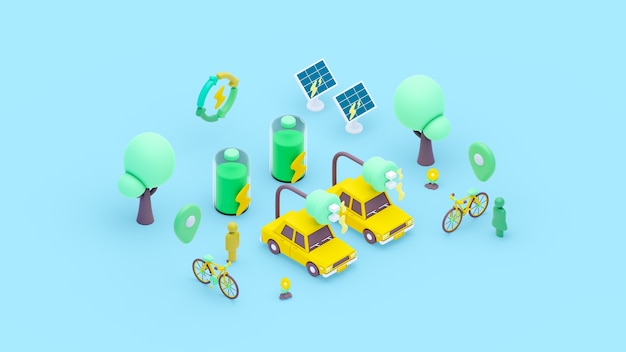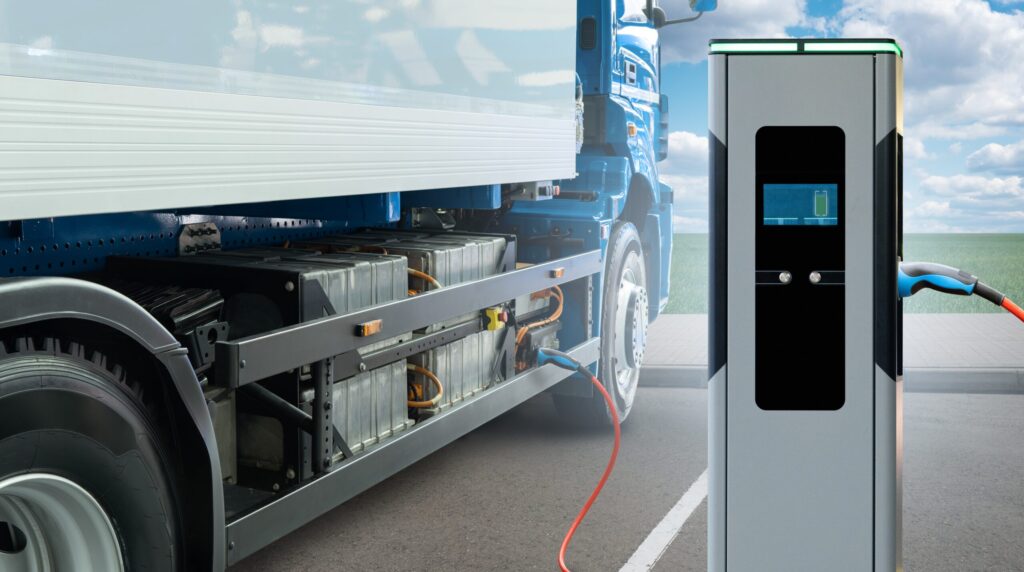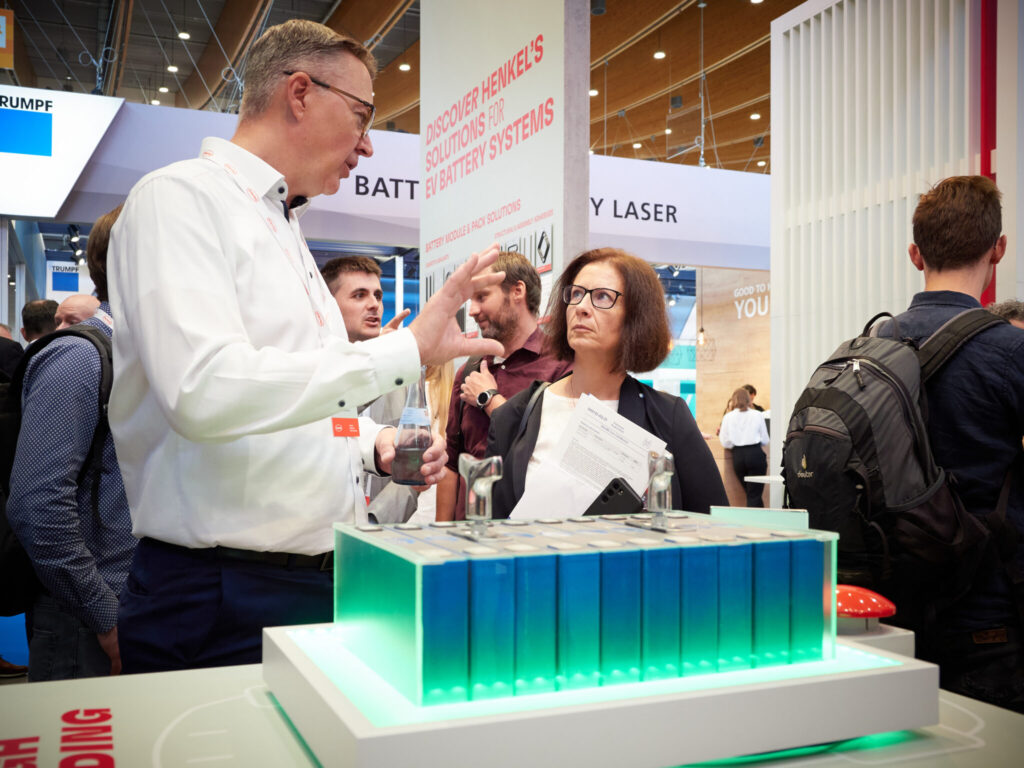New Energy Vehicle Battery Types And Technologies: A Comprehensive Guide
The rise of new energy vehicles (NEVs) is a defining shift in the global automotive sector. With governments and private enterprises make substantial investments in sustainable transportation, these vehicles are increasingly becoming the choice for eco-conscious consumers and businesses.
Also, selecting the appropriate battery is critical for the optimal performance of these vehicles, which affects range, charging time, and vehicle longevity. Let’s have a closer look at the different battery types for the new energy vehicles and see their applications in different sectors!

Lithium Iron Phosphate (LiFePO₄) Battery
These batteries are known for their remarkable stability and safety. They have a long life cycle, which increases their durability and makes them a cost-effective solution in the long run. Furthermore, these batteries can operate under high thermal conditions. While their energy density is not as high as some alternatives, the cost-effectiveness and extended lifespan are two critical factors that make this battery famous.
Ternary Lithium Battery (NCM/NCA)
Ternary lithium batteries consist of nickel, cobalt, and manganese (NCM) or aluminum (NCA). These batteries have high energy density while also providing long ranges for new electric vehicles. However, the reliance on rare materials like cobalt drastically increases their prices. Another drawback of using this battery is its poor safety and low resistance to high temperatures. Similarly, their lifespan is also shorter, which makes these batteries less famous among consumers.
Nickel-Hydrogen (NiMH) Battery
Nickel-hydrogen technology offers unique benefits, particularly in hybrid vehicles. While they are not as useful as lithium batteries, NiMH batteries still provide decent energy density and are less prone to overheating. Their primary application lies in vehicles where the consumer has to find a balance between energy requirements and costs. However, their weight and limited scalability for larger new energy cars restrict widespread adoption.
Hydrogen Fuel Cells
Fuel cells are becoming increasingly famous in new energy electric vehicles, mostly in commercial vehicles. Instead of storing energy like conventional batteries, hydrogen fuel technology generates electricity through a chemical reaction between hydrogen and oxygen. This technology is known for its zero-emission operation and rapid refueling capability. Having said that, the infrastructure challenges and high initial costs are the two major barriers to the broader deployment of hydrogen fuel cells.

Applications of Different Batteries
Let’s see how these batteries are used in different applications:
Passenger Vehicles
As passenger cars demand a balance between cost, range, and safety, LiFePO4 batteries are frequently used in them. A small number of passenger vehicles, mostly those that need superior energy density, also utilize the ternary lithium batteries for long-range and faster acceleration.
Commercial Vehicles
Commercial vehicles, such as buses, trucks, and delivery vans, have unique energy requirements. Hydrogen fuel cells are increasingly preferred in this sector because they provide long ranges and quick refueling. Many commercial vehicles also rely on LiFePO₄ and ternary lithium batteries, especially for short- to medium-distance routes where charging infrastructure is accessible.
Electric Two-Wheelers (E2W)
Electric two-wheelers prioritize lightweight and compact battery designs. LiFePO₄ batteries are a common choice for these vehicles due to their safety, reasonable energy density, and cost-effectiveness. The relatively low power demand of electric scooters and motorcycles makes these batteries a perfect fit. Additionally, their ability to handle high thermal conditions ensures reliable performance in varying climates.

Exploring the Future of NEV Batteries at Mobility Tech Asia 2025
The evolution of new energy vehicle technology will be explored at Mobility Tech Asia (MTA) 2025, one of the most anticipated events for the e-mobility sector in Asia.
MTA 2025 will highlight the latest breakthroughs in electric and hybrid power systems, energy storage technologies, advanced charging infrastructure, and power battery systems. As the adoption of new electric vehicles continues to grow in passenger and commercial vehicles, e-boats, and two-wheelers, the event promises to unite top innovators, engineers, and manufacturers to exchange ideas and encourage transformative partnerships.
Spanning 22,000+ square meters of exhibition space, MTA 2025 will bring together over 15,000 international visitors, 350+ exhibitors, and 150+ renowned speakers from across the globe. Join now to connect with global industry experts, top executives, and potential business partners in the new energy vehicle industry!
